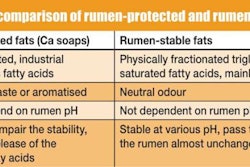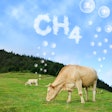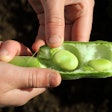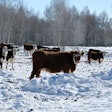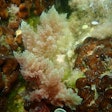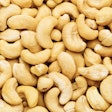1. The forgotten importance of heifer nutrition – its impact on future cow performance
Speaking at the recent Alltech Symposium in Kentucky, J. Heinrichs of Pennsylvania State University offered an overview of a study that had been conducted in Susquehanna County in Pennsylvania. The study included 800 calves, 21 farms and followed calves through lifetime actual production. The study concluded the biggest factors impacting calves could be listed in order as health, management and nutrition.
The first paper to come from the study found the following as the major factors that impacted calves: dry matter intake, housing, season and farm. Other factors included calving location, difficulty of birth and dam parity.
The second paper from the study looked specifically at factors that affected the age of calving. These factors included: difficult birth, housing temperature, days treated, amount of milk fed and forage quality. The factors that specifically impacted body weight at calving included ammonia level in calf housing, nutrient density, dam parity and humidity.
In the third paper, the emphasis was on factors that impacted lactation. These included average daily weight gain and body weight at calving.
In the final model taken from the study, the most significant positive and negative factors regarding lactation were deemed to be dry matter intake, days ill from birth to weaning, age of calving, difficult birth, days treated, body weight at calving, age at weaning and grain eating.
Hear a podcast of J. Heinrichs’ complete presentation.
2. Read Nutritional Strategies for Replacement Dairy Heifers: Using High Concentrate Rations to Improve Feed Efficiency and Reduce Manure Production, a white paper by J. Heinrichs, together with G.I. Zanton and G. J. Lascano.
3. At the 2010 WATT Online Feed Forum, Phil Garnsworthy from the UK’s University of Nottingham described new feeding techniques for high-yielding dairy cows. See a PDF of his PowerPoint presentation.
4. Read Lactation Performance and Serum Biochemistry of Dairy Cows Fed Supplemental Chromium in the Transition Period, a white paper by M. Khalili, D. Foroozandeh and M. Toghyani.

